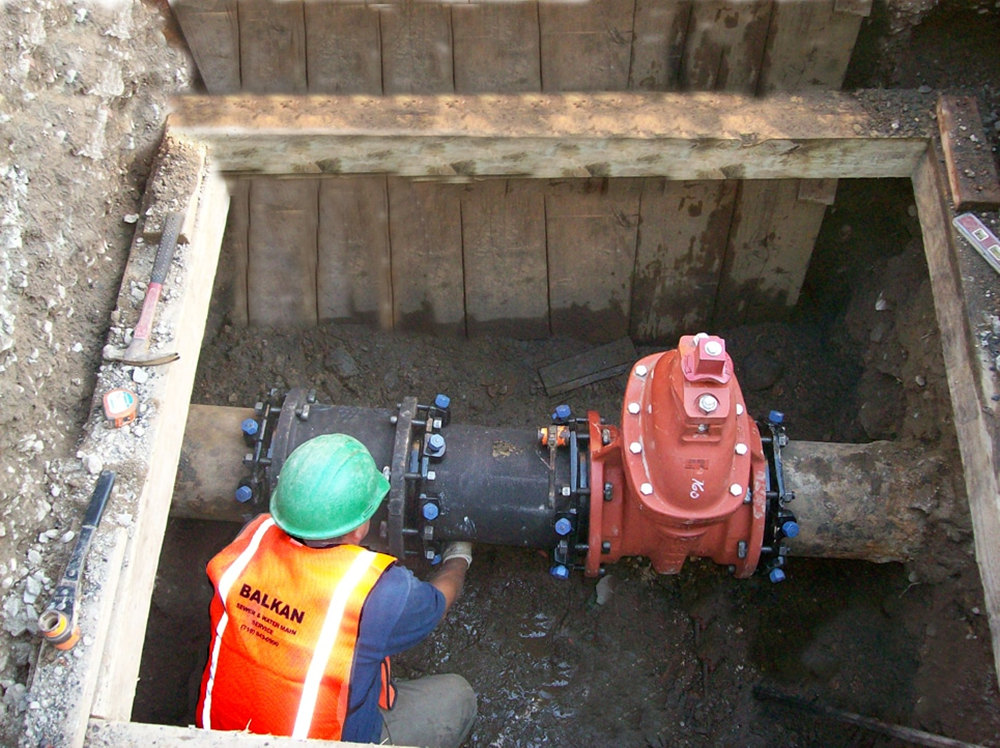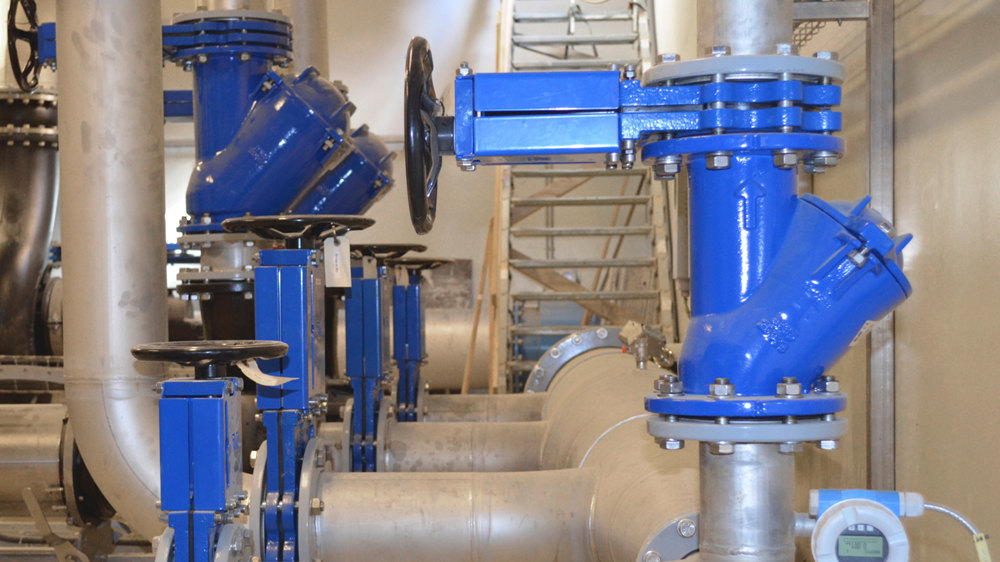(1)Direction and position
Many valves have directional, such as globe valves, throttle valves, reducing valves, check valves, etc., if inverted, it will affect the use effect and life (such as throttle valves), or do not work at all (such as reducing valves), and even cause danger (such as check valves). General valve, direction mark on the valve body; If not, it should be correctly identified according to the working principle of the valve. The valve chamber of the globe valve is asymmetrical, the fluid should let it from bottom to top through the valve port, so that the fluid resistance is small (determined by the shape), Open labor-saving (due to medium pressure up), After closing, the medium does not press the filler, easy maintenance, this is why the globe valve can not be inverted.Other valves also have their own characteristics.Valve installation location, easy to operate : even if the installation is temporarily difficult, but also for the operator 's long-term work.The valve handwheel is aligned with the chest (generally 1.2 meters away from the operating floor), so that it is easier to open and close the valve. Ground valve handwheel should be upward, do not tilt, so as to avoid awkward operation.To avoid lifting operation, especially acid and alkali, toxic media, otherwise it is not safe. Do not flip the gate (i.e. hand wheel down), otherwise the medium will remain in the bonnet space for a long time, easy to corrod the stem, and for some process requirements contraindicated. It is inconvenient to change the packing at the same time. Rising stem gate valve, do not install in the ground, otherwise due to damp corrosion exposed stem.Lift check valve, installation to ensure that the disc vertical, so that flexible lifting. Swing check valves, when installed to ensure that the pin level, so that flexible swing. The reducing valve should be installed upright on the horizontal pipe, and do not tilt in any direction.
(2) Construction operations
Installation and construction should be careful, do not hit the valve made of brittle materials.
Before installation, the valve should be inspected to check the specification and type and identify if there is any damage, especially to the stem. Also turn a few times to see if it is skewed, because in the process of transportation, it is easy to bump the valve stem. Also remove the debris in the valve. When lifting the valve, the rope should not be tied to the handwheel or stem to avoid damage to these components, should be tied to the flange.
For valves connected to the pipeline, be sure to clean. Compressed air can be used to blow away iron oxide chips, sand, welding slag and other debris. These sundries, not only easy to scratch the sealing surface of the valve, including large particles of sundries (such as welding slag), but also can block the small valve, so that it fails. When installing the screw valve, the sealing filler ( linen with aluminum oil or polytetrafluoroethylene raw material belt ) should be wrapped on the pipe thread, not to get into the valve, so as not to affect the flow of the medium.
When installing flange valves, attention should be paid to symmetrically and evenly tightening bolts. The valve flange is parallel to the pipe flange, and the gap is reasonable, so as to avoid excessive pressure or even cracking of the valve. For brittle materials and low strength valves, special attention should be paid. The valve to be welded with the pipe should be welded first, and then the closing parts should be fully opened and then welded.
(3) Protective measures
Some valves must also have external protection, which is insulation and cooling. Hot steam lines are sometimes added to the insulation. What kind of valve should be insulated or kept cold, according to production requirements.
In principle, where the medium in the valve reduces the temperature too much, it will affect the production efficiency or freeze the valve, you need to keep heat, or even mix heat; Where exposed valves, adverse to production or cause frost and other adverse phenomena, it is necessary to keep cold. Insulation materials are asbestos, slag wool, glass wool, perlite, diatomite, vermiculite, etc.; Cooling materials include cork, perlite, foam, plastic and so on.
(4) Bypass and instrument
Some valves, in addition to the necessary protection facilities, but also have bypass and instrumentation. The bypass was installed. Easy to drain valve maintenance. Other valves, there are also installed bypass. Whether to install bypass depends on the valve condition, importance and production requirements.
Post time: May-22-2023


